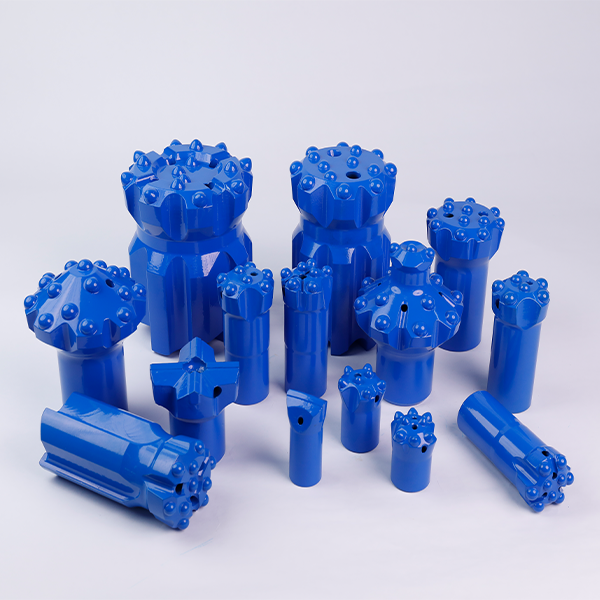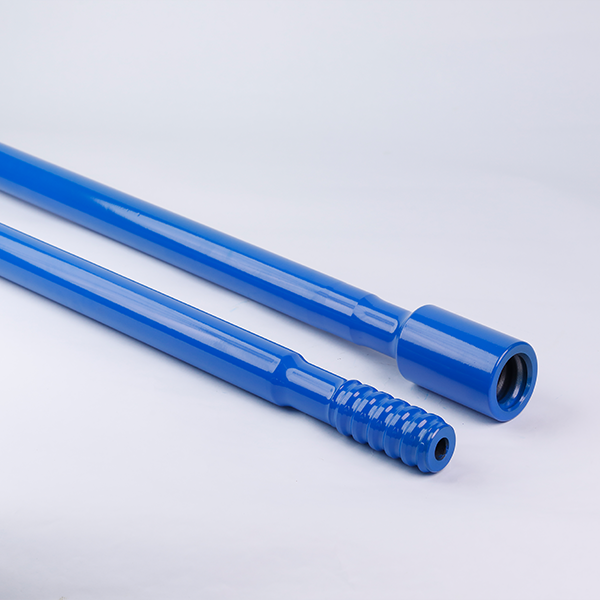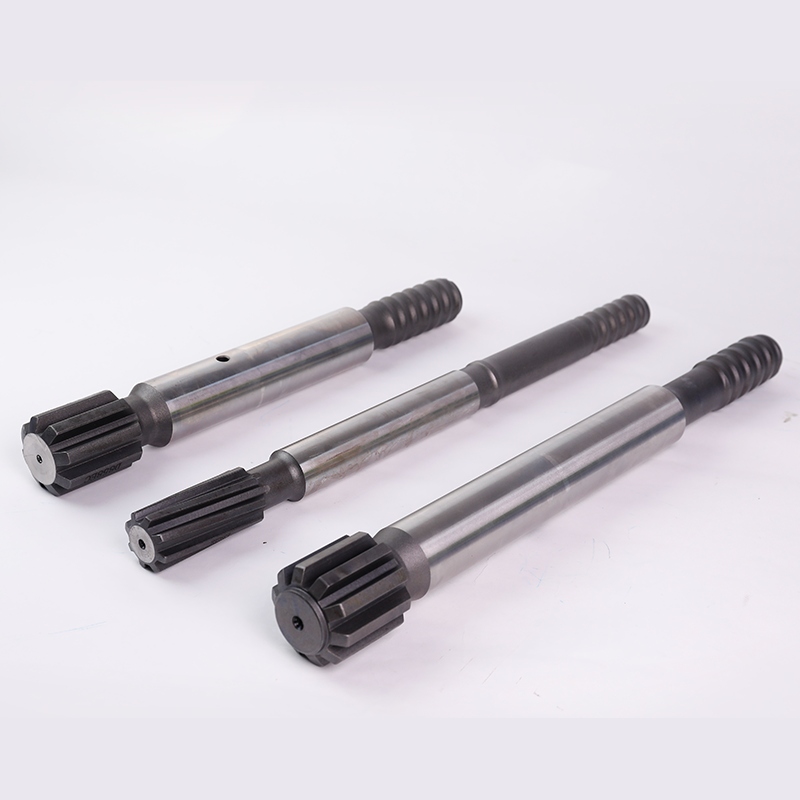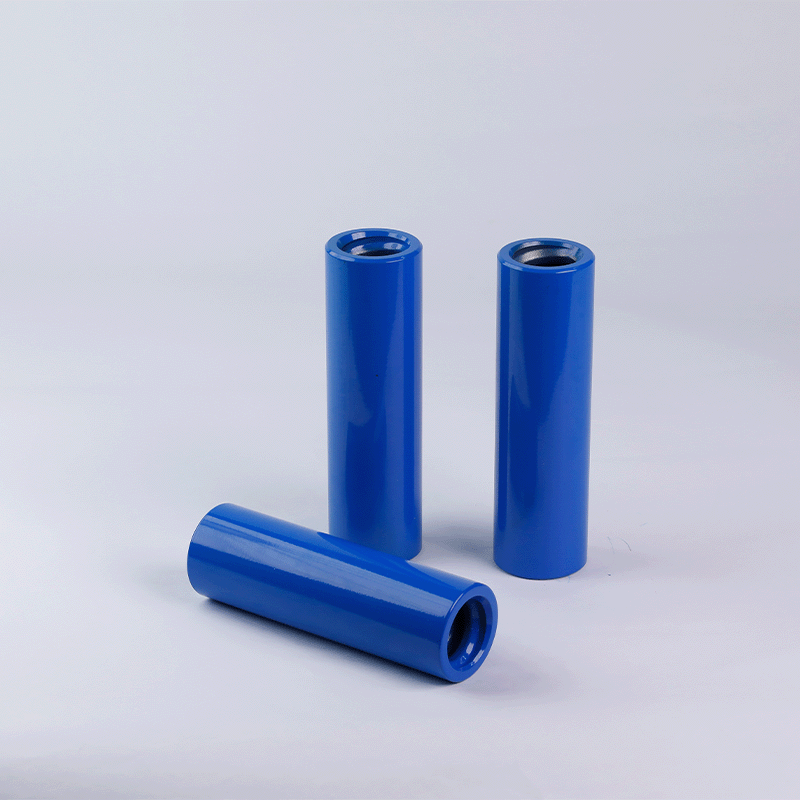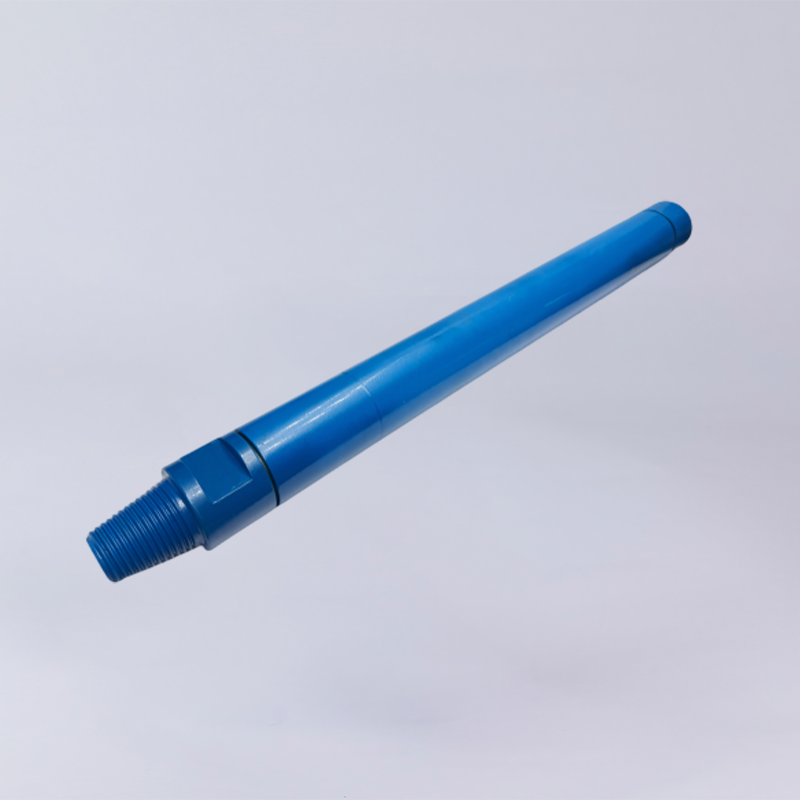In mining and geological exploration, DTH (Down-the-Hole) drilling jumbos are essential equipment, and their efficiency directly impacts project timelines and costs. However, in practice, we often find that the drilling efficiency of DTH (Down-the-Hole) drilling jumbos does not reach the expected level, which not only wastes time and resources but also increases engineering costs. So, how can we optimize the drilling efficiency of DTH drilling jumbos?
Key Factors Affecting Drilling Efficiency
First, we need to identify the factors that influence the drilling efficiency of DTH drilling jumbos. According to research, the main factors affecting drilling efficiency are:
- Air Pressure: Wind pressure is a key parameter during the operation of a down-the-hole drill. It not only affects the quality of debris removal and hole cleaning but also directly impacts the performance of the impactor (impact frequency and impact energy). Studies show that, within a certain range, increasing air pressure can improve drilling speed. However, after exceeding a certain threshold, the drilling speed may level off or even decrease. Therefore, finding the optimal air pressure for the specific drilling conditions and rock characteristics is crucial.
- Impact Frequency: Impact frequency is another key factor. Research indicates a significant positive linear relationship between impact frequency and drilling speed, while the relationship with energy consumption for rock fragmentation is negative. It means that increasing the impact frequency within an appropriate range can enhance drilling speed while reducing the energy required to break a unit volume of rock.
- Axial Force: Axial force, the pushing force applied to the drill bit, also plays a significant role in drilling efficiency. There is an optimal axial force value corresponding to the drilling speed under different air pressure conditions. Insufficient axial force results in poor contact between the drill bit and the bottom of the hole, slowing down the drilling speed. Excessive axial force, however, can lead to rapid bit wear and poor rock removal, reducing drilling efficiency.
Methods to Optimize Drilling Efficiency
Precise Control of Air Pressure
Air pressure is a crucial parameter for optimizing drilling efficiency.
- Determine the Optimal Air Pressure: Through experiments or reference studies, determine the ideal air pressure for the current drilling conditions and rock properties. For example, in limestone formations, studies show that an air pressure of 1.75 MPa achieves optimal drilling efficiency.
- Real-Time Monitoring and Adjustment: The wind pressure value is monitored in real-time using the measurement while drilling system and fine-tuned according to actual conditions to ensure that the wind pressure always remains within the optimal range.
- Maintain Air Pressure Control Systems: Regularly maintain and calibrate the air pressure control system to ensure accuracy and stability.
Reasonable Adjustment of Impact Frequency
The impact frequency has a significant positive linear relationship with the drilling speed but a negative linear relationship with the rock-crushing specific work. Therefore, when optimizing the drilling efficiency, it is necessary to find a balance between the impact frequency and the drilling speed.
- Determine the Optimal Impact Frequency: Through experiments or by referring to similar studies, determine the optimal impact frequency value suitable for the current drilling conditions and rock characteristics. For example, in the study, it was found that when the impact frequency was 26 Hz, the drilling speed and rock fragmentation specific power reached a balanced state, at which point the drilling efficiency was optimal.
- Real-Time Monitoring and Adjustment: During the drilling process, the impact frequency value is monitored in real time using the measurement while drilling system and fine-tuned according to actual conditions.
- Consider Rock Properties: Different rock characteristics may require different impact frequencies, so adjustments should be made based on actual conditions.
Proper Matching of Axial Force and Air Pressure
The relationship between axial force and air pressure is complex. The optimal axial force value varies with different air pressure conditions.
- Determining the Optimal Axial Force: Through experimentation or by referencing similar studies, determine the optimal axial force value suitable for the current drilling conditions and rock characteristics. For example, in the study, it was found that when the axial force was 10.5 kN, the drilling speed reached its optimal level.
- Avoid Over-Pressurizing: During drilling, closely monitor changes in axial force to avoid excessive pressure, which can lead to increased drill bit wear and reduced debris removal efficiency.
- Adjust Axial Force Based on Air Pressure: There is a complex interaction between axial force and air pressure, so when adjusting axial force, it is also necessary to consider changes in air pressure to achieve overall optimal drilling efficiency.
Comprehensive Optimization for Efficient Drilling
Optimizing drilling efficiency is not just about adjusting a single parameter; it requires considering the interaction of multiple factors, such as air pressure, axial force, and impact frequency.
- Establish Multi-Parameter Optimization Models: Use methods like orthogonal tests to build optimization models that account for the effects of air pressure, axial force, and impact frequency on drilling efficiency.
- Data-Driven Decisions: Collect and analyze real-time drilling data to inform adjustments. Utilize big data and AI technologies to monitor and predict drilling conditions, identifying potential problems early for proactive adjustments.
- Continuous Improvement: Optimizing drilling efficiency is an ongoing process. Regularly collect feedback, analyze causes of inefficiency, and implement improvements. Stay updated with industry research and technological advancements to continue improving drilling efficiency.
Train Professional Operators
Operators with in-depth knowledge of DTH drilling jumbo performance and working principles can adjust drilling parameters flexibly based on actual conditions. Therefore, training operators is crucial. Improving their professional skills will enhance their ability to control DTH drilling jumbo operations and maintenance, further boosting drilling efficiency.
Conclusion
Optimizing the drilling efficiency of DTH drilling jumbos is a complex process that requires a comprehensive approach. By understanding the key factors affecting drilling efficiency and applying targeted optimization strategies, we can significantly improve the efficiency of DTH drilling operations. As technology continues to advance and experience accumulates, we are likely to achieve maximum drilling efficiency, injecting new vitality into the industry.

